Building an emergency fund is one of the simplest ways to create financial stability — and one of the most common questions we hear is how much to keep, where to keep it, and when to use it. Think of it as money set aside strictly for surprises, not for investing or day-to-day spending.
A practical starting point is $1,000 as a “first rung” on the ladder, then growing toward three to six months of living expenses. If your household relies on a single income, lean closer to six months. If you have children or other liabilities, plan on the higher end as well. If both spouses work or your situation is less complex, three months may be adequate. For families later in life with substantial assets and access to liquidity, the need to hold a full six months in cash may be lower — but access still matters.
Where you keep the money is just as important as how much you save. Emergency funds should remain liquid and out of market risk. High-yield savings or money market accounts fit the bill because they offer easy access and some interest while you wait. Avoid brokerage accounts if you need the money within the next 18 months and skip CDs that lock funds away. The goal is quick, penalty-free access — not chasing returns.
What to consider when deciding your target amount:
- Number of incomes — one income usually means a larger cushion.
- Dependents and liabilities — kids and fixed obligations argue for more.
- Stage of life — earlier savers should build toward 3–6 months; later-stage families with ample assets may require less immediate cash.
- Personal risk tolerance — if uncertainty keeps you up at night, aim higher.
Where to keep your emergency fund for fast access:
- High-yield savings for liquidity and a modest yield.
- Money market accounts for easy transfers and same-day availability, which also comes with a yield.
- Not in investments that can lose value, and not in vehicles that tie up funds.
Getting from “start” to “funded” can feel daunting. Break it into manageable bites. Automate transfers to pay yourself first each month. Celebrate small milestones as you move from $1,000 to one month, then two, then three. If the full target feels like standing at the base of a mountain, remember the old question: How do you eat an elephant? One bite at a time. Staying diligent and systematic matters more than speed.
An emergency fund is also a debt-prevention tool. With even a small buffer in place, you’re less likely to reach for high-interest credit cards when life happens. That alone can keep your plan on track while you continue saving toward the full three to six months. And once you reach your target, maintain it — unexpected expenses don’t check the calendar.
If you’re unsure how much you really need or where to hold it, a quick review of your budget and cash-flow needs can bring clarity. The right emergency fund offers something more than numbers — it provides the calm and confidence to handle surprises without derailing your long-term goals.
Financial Enhancement Group is an SEC Registered Investment Advisor.


